Installation and CRUD for Mongodb – Learn Mongodb for Dummies


Download MongoDB here. Choose the MongoDB Community Server.
Edit your environment variable in System Properties. Edit path variable on your User Variables. Add The MongoDB’s Bin folder, usually in C:\Program Files\MongoDB\Server\4.2\bin

$ mongod

$ mongo
To use MongoDB, you can use it from MongoDB Shell. Run Mongo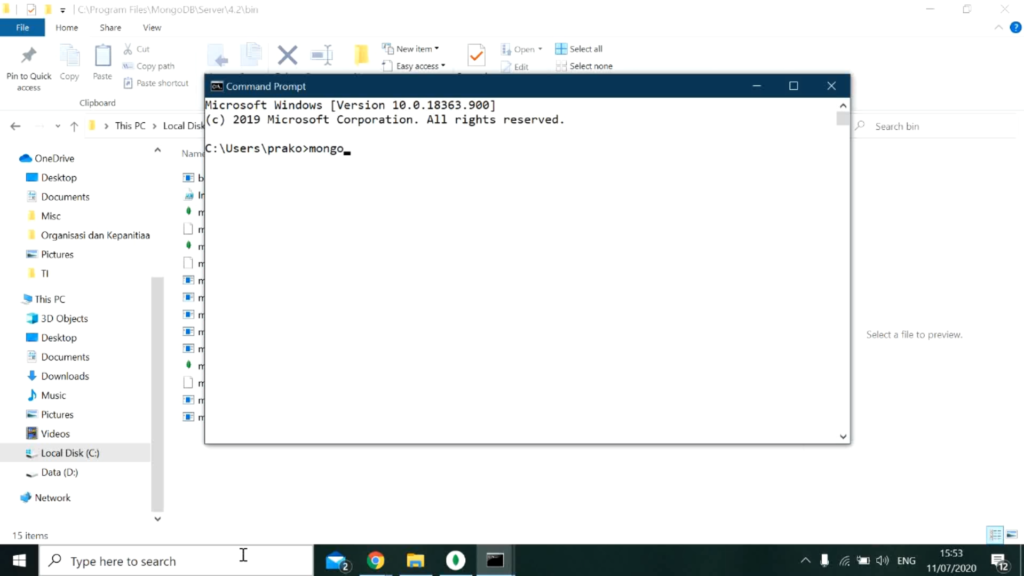
First Step: Make a local connection. Type mongodb://localhost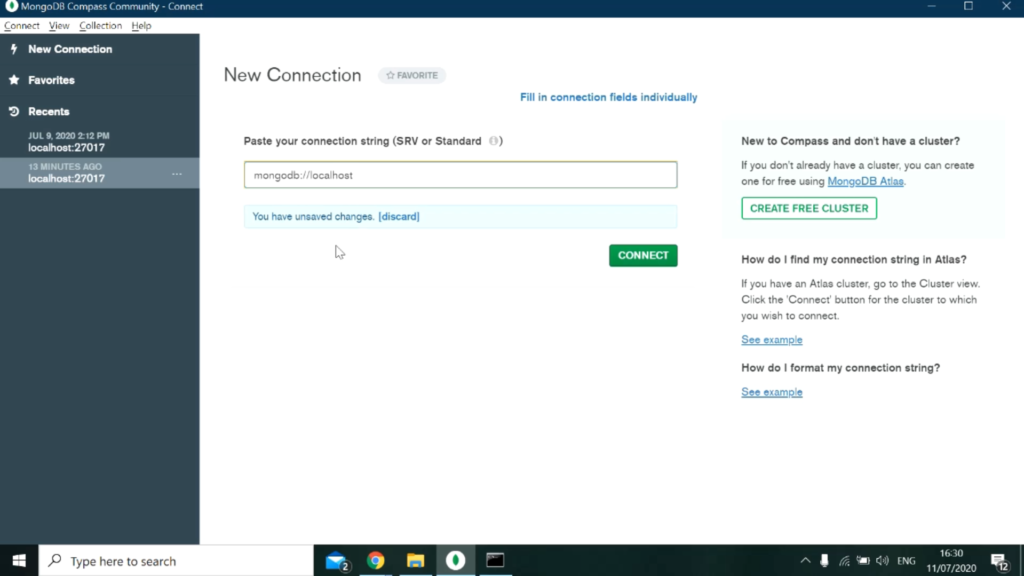
The rest of it you can watch it on the videos down below..
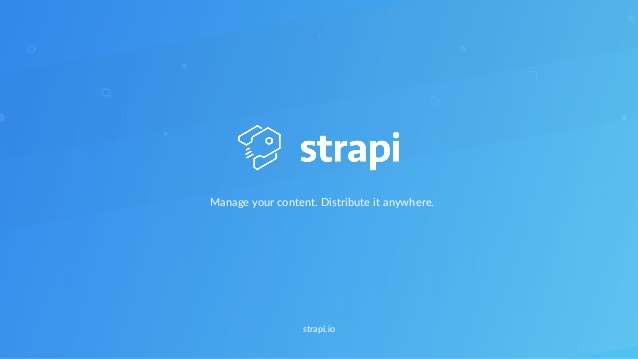
Hello there! In this post, I would like to use and demonstrate authentication and authorization/permission features in Strapi using Postman. Continuing development using Strapi First, open Command Line Interface (CLI) and change the directory to the imagerepo folder by typing : $ cd imagerepo Start yarn using : $ yarn develop Note : If you…

Hello, today I am going to get in touch with something called API. I guess it is very familiar among people who are interested in software engineering. Let’s get started! Continuing development using Strapi First, open Command Line Interface (CLI) and change the directory to the imagerepo folder by typing : $ cd imagerepo Start…

Hello there ! What’s going on ? I hope everyone is doing well and healthy as well. All right, back to the topic, in this opportunity I would like to show CRUD Operation. So, let’s dive in! Continuing development using Strapi First, open Command Line Interface (CLI) and change the directory to the imagerepo folder…
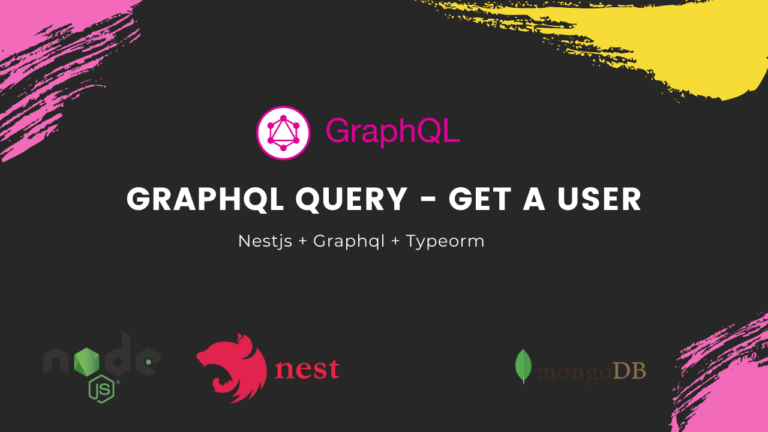
In this blog, we will discuss how to make a query to fetch one user by id. This’s very simple. We only gonna modify 2 files, user.service and user.resolvers user.service user.resolver user.service We’ll make one function with just one line of code. The code is simply finding our expected user in our database. With Typeform,…
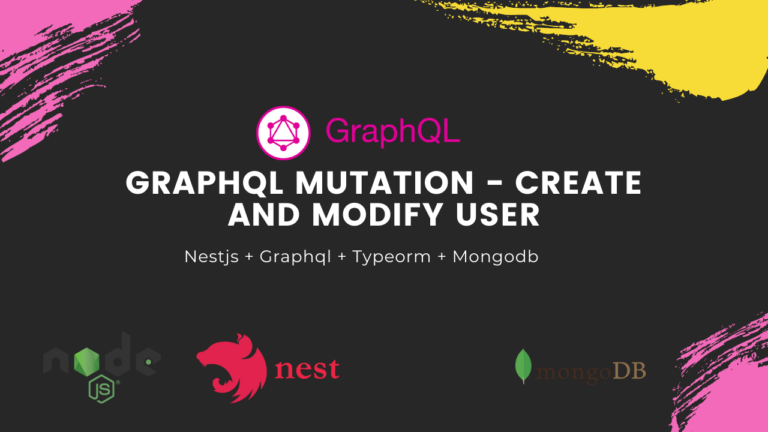
In this blog, we will discuss how to make a Mutation on Graphql to Create and Modify a user. We only gonna modify 2 files, user.service and user.resolvers user.service user.resolver Mutation: Create User user.service We will create one function here to create a user, we’ll name it ‘createUser(userData)‘. We have one parameter here containing all…
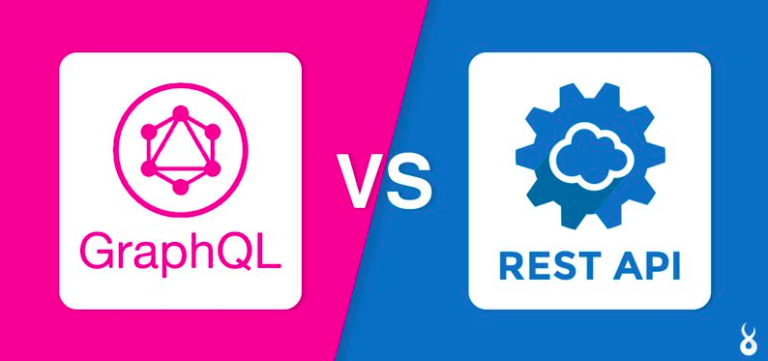
Have you ever heard of API? API stands for Application Programming Interface. As mobile applications became popular nowadays, the use of API also became a standard. For example, if a company has a website and a mobile application (both Android and iOS), they are not going to create separate databases. Instead, they use API to…